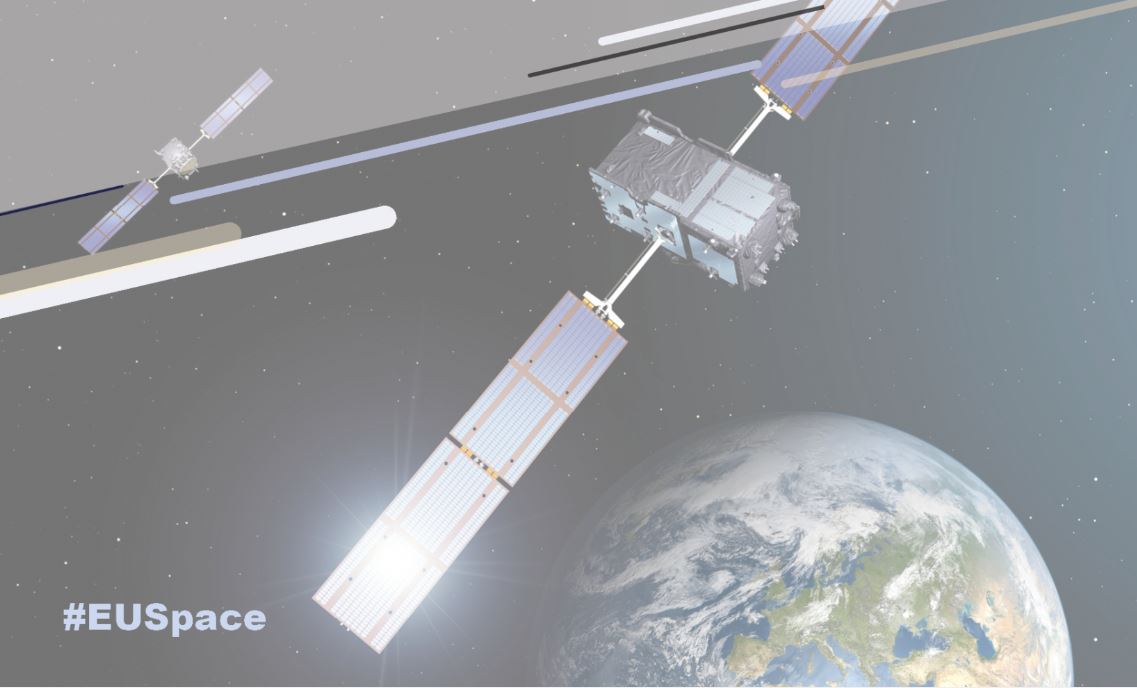The Galileo Open Service (OS) is being upgraded with three new features being added to the I/NAV message, which is one of four message types broadcast by Galileo satellites. Collectively referred to simply as I/NAV improvements, these features will be available free of charge to all Open Service users.

“EUSPA is committed to continuously improving the Galileo Open Service,” says Guerric Pont, Galileo Exploitation Programme Manager. “With I/NAV improvements, users can considerably boost their experience when using Galileo OS, thanks, for example, to the improved performance in terms of time to first fix.”
Whilst ensuring full backward compatibility with existing Galileo receivers, the three new features will also improve the robustness of Galileo OS when receiving navigation data, particularly in challenging environments.
Faster positioning
The features will enhance the Open Service’s ability to resolve user clock uncertainty, which will reduce the time it takes to receive Clock and Ephemeris Data (CED). For example, by improving time-to-CED, the Reduced Clock Ephemeris Data (RedCED) and Reed-Solomon Outer Forward Error Correction (RS FEC2) features will reduce the overall Time to First Fix (TTFF).
“In many conditions, the time it takes to receive clock corrections and ephemeris data has a major impact on TTFF,” adds Guerric Pont. “By reducing this time, these features will benefit all applications that require reception of this data from the navigation signals.”
Benefiting applications working in GNSS-assisted mode
The improvements will also benefit applications working in GNSS-assisted mode. In this mode, when navigation data is received from non-GNSS channels and the receiver’s knowledge of the Galileo System Time is affected by a relatively large error, typically in the order of a few seconds, the clock uncertainty must be resolved quickly and stably.
With the I/NAV improvements, receivers will be able to do this via the new Secondary Synchronisation Patterns (SSP) feature.
Deployment plan on going
I/NAV improvements are being gradually implemented into the existing Galileo constellation through satellite software upgrades, which allow individual satellites to be successively upgraded with the new features. After a satellite has been upgraded, the improvements will be openly accessible through the I/NAV message carried by the E1-B signal.
Media note: This feature can be republished without charge provided the European Union Agency for the Space Programme (EUSPA) is acknowledged as the source at the top or the bottom of the story. You must request permission before you use any of the photographs on the site. If you republish, we would be grateful if you could link back to the EUSPA website (http://www.euspa.europa.eu).